So, what happens after you have mined, processed, and refined or purified your gold? The simple answer is: To use it! This brings us to gold casting, which is the final step or process in gold-making.
So, what is gold casting?
After refining your gold, all you want to do is to cast it in the appropriate form or shape that you desired. Today, there are different items platted or covered with gold, from necklace to bracelet. And some gold objects are shaped or cast as keyholders, Buddha, or even plates or cups. So, gold casting is the process of obtaining the right shape or form that you are proud of or happy to have. Gold casting is a delicate process because you want to have a perfect shape/form: So, you will need to have the most appropriate equipment to carry out this process.
Karat Gold Manufacturing
Gold purity is measured in Karatage: As shown in the Karatage description below, it indicates that a 24 Karats (24K) gold has one hundred percent purity (100% pure gold), while an 8 Karats (8K) gold has only 33.75 percent purity (33.75% pure gold). The importance of measuring gold Karatage is to determine its comparative purity. This is because the higher the Karatage number, the more valuable the gold is, and the higher its cost price.
To illustrate this expression as simple as possible: A 24K gold will cost more than a 10K gold (which contains just 42 percent of pure gold). So, sometimes, gold companies or merchant may want to increase the purity or value of their gold, and the only way to do this is to undergo Karat Gold manufacturing.
Karatage description
- 24 Karats = 100 percent gold
- 22 Karats = 91.75 percent gold
- 21 Karats = 87.5 percent gold
- 18 Karats = 75 percent gold
- 14 Karats = 58.5 percent gold
- 12 Karats = 50.25 percent gold
- 10 Karats = 42 percent gold
- 9 Karats = 37.8 percent gold
- 8 Karats = 33. 75 percent gold
Karat gold manufacturing processes
Highlighted below are the required processes for manufacturing Karat gold. In other words, you can improve the quality of your gold by undertaking the following procedures.
As a guideline: The only way to improve the purity of your gold or increase its Karatage is to add some pieces of pure gold to it.
The table below shows what should be done if you want to raise the Karat of your gold:
| Raising Gold to a Higher Karat | |||
| Form | To 10K | To 14K | To 18K |
| 9K | 0.071 | 0.500 | 1.400 |
| 10K | 0.400 | 0.800 | |
| 14K | 0.400 | ||
14K values are based on 0.5833/ Table obtained from Krohnindustries.com
To interpret the table above,
If you want to raise the Karat of your gold, look for the current Karat in the left column of the table and then trace across the table to discover how much weight of pure gold is required to produce your desired Karatage. The factor/number under the desired Karat is then multiplied with the weight of the previous Karat gold to be increased. This simple calculation will give you weight of fine gold you should add to the original metal to get your desired Karat.
For instance, if you want to change 25dwts of 10K to 14K, based on the information presented in the table above, do the following estimations:
- From the table, you will see that the factor/number for converting 10K to 14K = 0.400
- Then multiply the factor by the weight of the metal to be converted = 25dwts x 0.400 = 10dwts
Therefore, when added to 10dwts of fine (pure) gold, 25 dwts of 10K will produce 35 dwts of 14K.
The mathematical calculations above are only useful for determining the exact amount/quantity of pure (fine) gold to be added to the original karat, the main Karat manufacturing involves the use of two important machines/equipment: Vacuum granulating machine and vacuum induction furnace.
Making gold grains and chips
You can produce your gold in either grain or chip form by using a granulating machine. The machine will pulverize the gold into your desirable shape, whether it is a perfect sphere or a chip form.
Types of granulators
There are two main types of gold granulators: General and vacuum, depending on their features and methods of applications or operations.
General granulator
A general granulator is employed in producing master grains and alloy grains for all kinds of metals (gold inclusive), using the molten raw material obtained from induction-heated furnace. This is poured into a water tank which goes through a multi-hollow crucible that functions as a flow-breaker.
This kind of granulator uses the solid-state technology which is regarded as the most efficient and recent technology in IGBTs modules that is available all over the world.
Vacuum granulating machine
A vacuum granulating machine is mainly used to obtain high quality and homogeneous master and alloy grains using the molten raw material obtained from the induction furnace. This operation takes place in a protective atmosphere and then the molten material is poured into the water tank via a multi-hollowed crucible acting as a flow-breaker.
What separates the vacuum granulating machine from the general one is that it fully adopts vacuum and inert gas melting and granulating. And the machine is fully automated: It can stir during melting, and the finished products will not experience oxidation or loss of material. Vacuum granulating machine produces equal number of particles that have good color and good spherical shapes.
This machine is specifically designed for metals and alloys that are easily oxidized.
How to choose a good gold granulation machine
Use a gold granulating machine that has the following great features:
- The one that is safe, reliable, and has a low-voltage heating coil
- The machine that has a tank with chilled water which continuously circulates to control the various processes and maintain consistency that will eventually produce high-quality gold grains
- The machine that produces a finished product that has not suffered oxidation, color loss, and distortion in shapes
- The one that is very easy to recover finished gold grains from
- The machine that has an inductor generator designed to facilitate homogeneity of the alloys while the metal is being melted in the crucible and constantly stirred by the magnetic stirrers
A vacuum granulator makes it possible to obtain the granules or grains of gold that can be melted and added to the original Karat that needed to be improved. In this case, both the original Karat gold and the fine (pure) gold are expected to be granulated, though separately.
Then it is the function of the vacuum induction furnace to melt the gold granules. When you melt the original and fine gold together, the pure gold granules replace the impurities that have been part of the original gold. This process increases the purity of the final gold item.
Since, the melting takes place in a full vacuum and inert gas, it is possible to melt gold at its natural melting point while other alloys or metals in the original gold remain intact, the melted and purer gold can then be taken out of the mixture without polluting it.
Karat gold manufacturing is a procedure carried out by gold merchants and gold-refining companies on a regular basis. The purpose of doing this is to increase the value of their gold products. A gold with 18K will surely sell more than that with 18K gold.
In conclusion, it is advisable that you work with a gold-casting expert to avoid the loss of your precious gold.
If you are a small-scale gold merchant, it may be difficult for you to lay your hands on the two machines. In that case, you should use the service of a gold-manufacturing/refining company. If you have a gold that you have stored underground for several years, you may utilize this application to make your gold pure again and increase its value.
Gold bar & coin making
How are gold bars made?
If you are wondering how gold bars and coins are made, this section will take you through the simple but delicate steps to produce both gold bars and coins.
First of all, what is a gold bar? Look at the picture below that show two gold bars:
To make a gold bar, you will need a good vacuum bar casting machine. The picture below shows what a vacuum bar casting machine looks like, courtesy SuperbMelt.
A vacuum bar casting machine, picture by SuperbMelt
A highly functional gold bar making machine must come with some great features such as:
- It should have a PLC touchscreen system that makes the operations so easy for even inexperienced gold-bar makers.
- It must have a vacuum casting apparatus that prevents bullion’s shrinkage, oxidation, and water wave.
- It must be a totally automated casting system that will lead to cost-saving on labor and other associated expenses.
- It must be so efficient that there is almost no loss of metal (gold) during the operation.
- It must have a short casting cycle of 20 minutes or less. This will reduce long-term use of the electric power.
The Procedures required for making gold bars
Though simple, but it is very important you pay serious attention to each of the following processes required to produce gold bars using a vacuum bar casting machine. These practical gold-bar-making steps are outlined below:
- First weigh the appropriate amount of gold grains/ granules you will like to mold into a bar shape.
- Pour the grains into a rectangular crucible-like compartments; such a crucible may have 4-6 bar spaces. Make sure you cover the crucible.
- Turn on the main power switch.
- Set the parameters for the kind of gold bar you desire.
- Also set the parameters of operation: Time of heating, vacuum heating and cooling, and alarm
- Since it is an automated system, you will have to wait until the entire process is completed.
- Once the heating has been completed, press “Tank Head Switch” to open the machine cover
- Press the “Cooler Switch” to lift up the cooling board.
- Press auto to start casting, after debugging the system
- The casting will be finished or completed as timed.
- Retrieve the gold bars that have been cast during this procedure. Make sure you are wearing gloves to avoid being burnt.
The good things about this procedure is that no oxidation of gold occurred, and there is practically no loss of material. This is a modern method of producing gold bars; the traditional method is a lot less efficient than this modern one.
Comparing modern and traditional methods of gold-bar making
1. Traditional method: The traditional method requires a lot of workers/labor. So, it is not cost-effective. It is manually controlled, and human errors are numerous or plenty. The traditional method is not always environmentally friendly and gold workers may be exposed to intense heat that will hurt them. The gold bar quality is not as great as the one produced using the modern technology.
2. Modern method: On the other hand, modern gold-bar-making method is very efficient and time-saving; this is because it is completely automated. Fewer gold workers/employees are required and this then makes the process very cost-effective. Loss of gold materials during the procedure is completely prevented, and there are no oxidation and shrinkage of gold materials. Because this process id very environmentally friendly, there is no loss safety issue for gold workers, and the environment is not subjected to pollution.
How are gold coins made?
Like gold bars, making gold coins also follows a procedure that is described in this section as follows:
- First, you will need to melt the gold grains or materials in a Furnace.
- Remember that gold’s melting point is 1,064oC. So, it will melt exactly at this temperature.
- You should make coils that may be up to 40 meters long or more that weigh up to one ton.
- Use additional pressure that is about 200 tons to roll the coils before cutting them into blank coins (gold coins without any image (s) on them).
- Numismatic artists are required to draw, design, and produce plaster models of the image (s) to be used on the gold coins.
- This process of creative design takes anywhere between a few months to a whole year. So, get ready for it in advance.
- Once the plaster model (of images) have been completed, use a digital scanning technology to make “a die” for each blank gold coin.
- Each die is cut using an engraving machine at an accuracy of 0.001 mm.
- The image on the “dies” are transferred to the blank gold coins by striking.
Those are the steps you need to take to produce your desired gold coins. Today, gold coins are used for various purposes: As a celebratory gift, as a store of value, or as an exchange of value among people. And pay attention to quality and gold purity in all those steps!
Gold jewelry & craft casting
Have you ever wondered how your gold jewelries are made? This section of the book will take you through some simple processes for making gold jewelries, be it your gold necklace or gold bracelet.
The Procedure for Casting Jewelry
The majority of the jewelries in the market are cast at the industrial level, meaning that some sophisticated machines or equipment are required to cast jewelries, like the one shown below:
Jewelry vacuum pressurized casting machine, picture by SuperbMelt
A great, modern jewelry-casting machine must have the following features:
- Its melting time must be fast, usually between 3 and 5 minutes
- Has an inert gas protection, using either Nitrogen or Argon
- Has a pressurized vacuum casting which prevents oxidation and porosity but improves the casting’s density
- Possesses a temperature control which meets the casting requirement
- Has an omni-bearing auto diagnosis device that analyses each step of the procedure to reduce machine failure
- Be labor-saving because it requires a few number of gold workers, and they can use the equipment without serious supervision (easy to use for everyone)
How to cast jewelry using a machine (equipment): The necessary steps
At the industrial level, you need Jewelry vacuum pressurized casting machine to cast your jewelries, and the following important steps must be followed:
- First, you need to make wax designs of your intended jewelries (using wax)
- The preparatory step involved producing mixed silica mold, and you will need to use these two equipment: Vacuum pump and vacuum investment powder mixer
- Start the investment powder mixing and vacuuming
- Take the silica into heating oven for dewaxing
- Turn on the main power
- Inside the jewelry pressurized casting machine, put the bottom pad in place, followed by crucible coat, then followed by graphite crucible, and cover everything using Silica coat cover
- Insert the graphite stuck rod to keep everything in place
- Wind the thermoprobe round the graphite rod
- Close the bowl-like setting, set the casting temperature and start the silica mold casting process
- Open the protective gas chamber to protect metals from oxidation
- Once the right casting temperature has been reached, carefully transfer the hot silica mold into casting chamber
- Open vacuum: Pressurized casting improves the casting’s density
- Press the exhaust
- Transfer the cast jewelry in silica mold to the chiller to cool down
- Wash off the silica mold and retrieve your brand-new jewelry from the silica solution. Wash again to achieve gold’s sparkling color
Apart from using the industrial jewelry-making method described above, you can also use hands to make your jewelry. It is called jewelry craft casting, and it will be discussed elaborately in the next section.
Jewelry Craft Casting
From the ancient times, people have used jewelries made with hands. This is popularly referred to as jewelry crafting. People use different noble metals such as silver, platinum and, of course, gold to design and produce their own hand-made jewelries, as shown below:
Hand-made jewelry, picture by jewelrydesigns.com
There are no general rules for making jewelry crafts. Everyone is free to choose their designs, types of noble metals, method (s) of jewelry craft-making, and so on. For educational purposes, you will learn about four techniques for making gold jewelries at home in this section.
5 Things You Must Do Before Making Your Gold Jewelry Crafts
It is very important that you make enough preparations before starting your gold jewelry crafts. Doing this will make it possible for you to concentrate on the most significant aspect of the process—crafting your precious hand-made gold jewelry!
- Buying gold materials: Make sure you have bought the right gold materials for your jewelry crafts. If you want a high-quality jewelry craft, you may decide to purchase high-Karat gold materials. However, if you what you want is a cheap gold jewelry, a low-Karat gold will be OK. Do not forget that there are “imitation golds” in the markets; so, pay attention to the quality of the gold you are purchasing.
- Make your appropriate designs beforehand: You can sketch your designs on paper or other materials. Most jewelry crafts today can be designed using some computer software.
- Know the process: It is very helpful if you know the processes for making the jewelry crafts. Or else, it is advisable that you should learn it beforehand so that you can produce beautiful hand-made jewelries. You need to know which technique is appropriate for you, what simple tools to use, how to craft different shapes and forms, and how to achieve your desired final product.
- Work step-by-step: As the saying goes, Rome was not made in a day. So, you don’t necessarily need to rush your jewelry crafts; you can work on them steadily and thoughtfully. Most beautiful creations take time to complete.
- Feedback: As you work on your beautiful jewelries, do not forget to ask for people’s feedback. They could be your friends, relations, or mere acquaintances who have deep interest in jewelry-making. This will help you review some areas of your designs and improve on them in order to have beautiful, final products.
Four techniques for making gold jewelries at home
It is possible that you already have your own methods or techniques for making gold jewelries, but here are some four additional methods you can try at your own convenient time. Note: These techniques are adapted from wikiHow (www.wikiHow.com).
Technique 1: You should first cast your mold
- Work on a piece of hard modeling wax to design or carve the shape or form you want
- You should attach 3-4 “sprues”, which are wax wires that will create a channel or space for the melting wax later
- Then, using a small piece of melted rubber, you need to attach the mold to the base of the sprue
- Place the flask over the sprue base’s top and allow some space (about a quarter of an inch) between the flask’s wall and the model
Technique 2: The Mold’s Investing
- With the use of more melted wax, you should secure the stand of the wax model to the casting flask’s bottom
- Follow the instructions given by the manufacturer while mixing water with the dry ingredients consisting of gypsum plaster-based materials required for mold investing
- You should remove any air bubbles from the mold by placing it in the vacuum chamber
- Around the wax model placed in the flask, gently pour the investment mold
- Let the investment mold to stay in the right position, unmoving
- Ready to heat the setup in a furnace, place the whole flask in a kiln that was already adjusted to 1300 o C
- Once the heating has been completed, take out the hot flask from the kiln and identify if there are any obstructions at the mold’s bottom
Technique 3: The process of casting your jewelry
- For melting in a foundry, put your gold materials (or other desired noble metals) into a pouring crucible
- You should utilize a centrifuge for casting jewelry to pour/tip the metal into the mold
- After allowing the metal to cool for at least 5 to 10 minutes, immerse it gently in cold water
- Then, using a hammer, tap the mold carefully to eliminate any excess plaster while recovering the jewelry
Technique 4: The finishing/burnishing stage
- You can remove any lines of metal from the sprues by utilizing an angle grinder
- You may remove the remaining bits of plaster by washing the jewelry or immersing it in an acid bath
- Burnish or polish off any irregular shapes or forms on your jewelry using a metal buffing wheel
Applying the four simple techniques described above will help anyone design and produce any type of jewelries at home.
Industrial application
In addition to using gold as a jewelry, which includes but not limited to your gold necklaces, bracelets, earrings, bangles, and so on, it also has some industrial applications. Highlighted below are some of the industrial applications of gold all over the world:
- Financial use: For several centuries, gold coins have been used as a currency of trades and financial transactions. Some countries still retain some gold coins, but most nations have stopped using gold as a currency since it becomes too expensive to be minted as money.
- Electronics use: Some semi-conductors have gold elements in them. Or gold can be used to cover an already completed electronic gadget or device.
- Computer use: Some electronic parts in computers have gold items in them, be it semi-conductors or ICs.
- Dental use: Gold teeth are made from gold.
- Medical use: Some medical equipment has gold parts, or they are entirely made from gold.
- Aerospace use: Gold is used in many aeronautic satellite parts.
- Glassmaking use: Gold has been utilized in glassmaking businesses for several centuries.
- Entertainment and decorations usage: Gold has been used as award plaque for entertainment or sport purposes. It is also a well-used shining metal for decorating things such as plates, chairs, cars, pens, and so on.

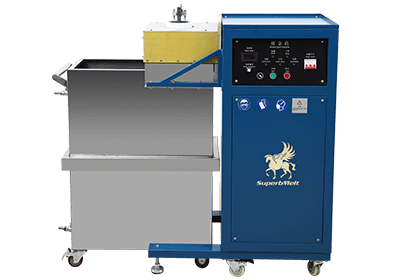
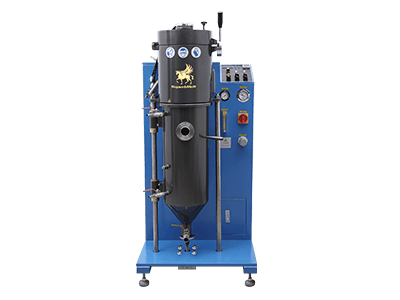
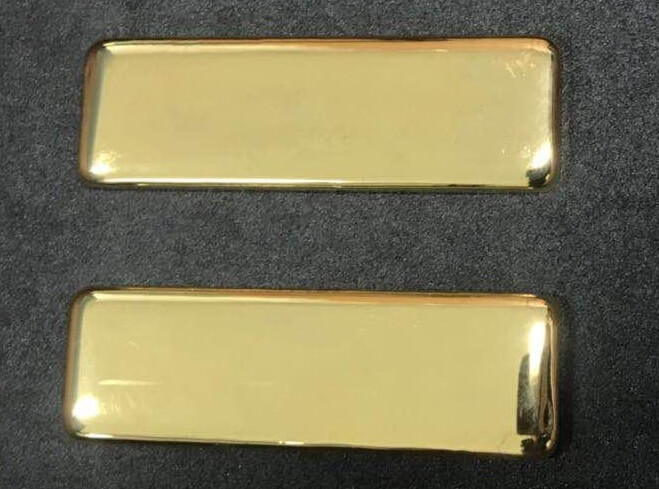
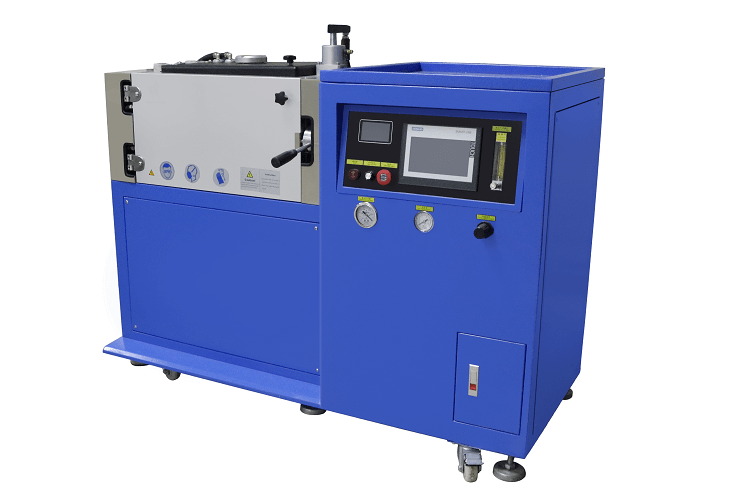
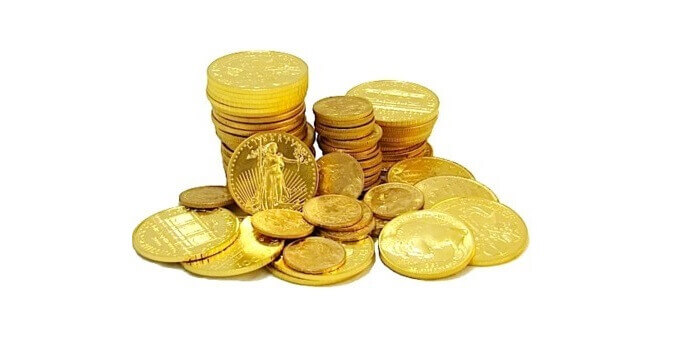
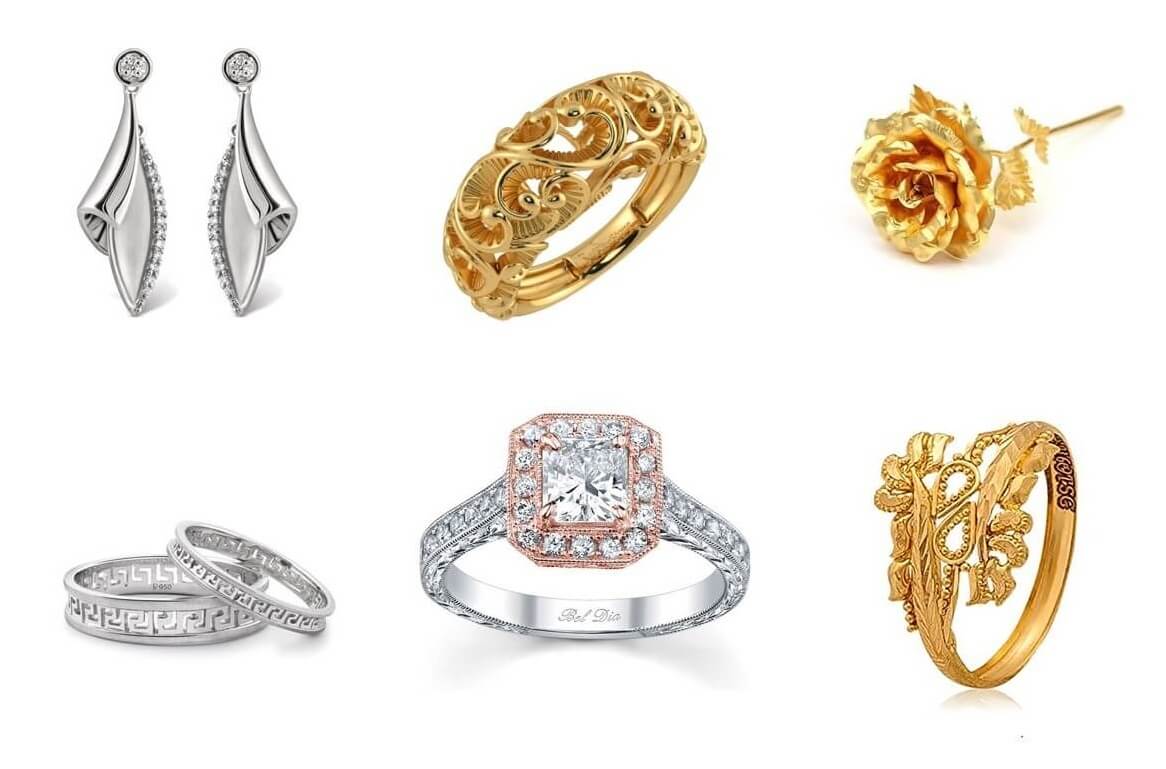
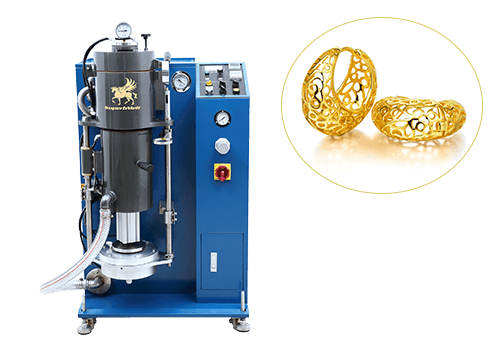
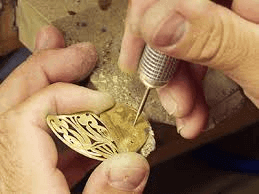
 © Copyright 2008-2021 Superb Electromachinery Co., Limited
© Copyright 2008-2021 Superb Electromachinery Co., Limited